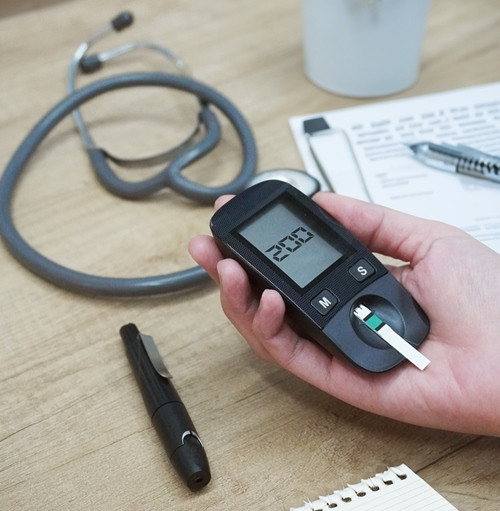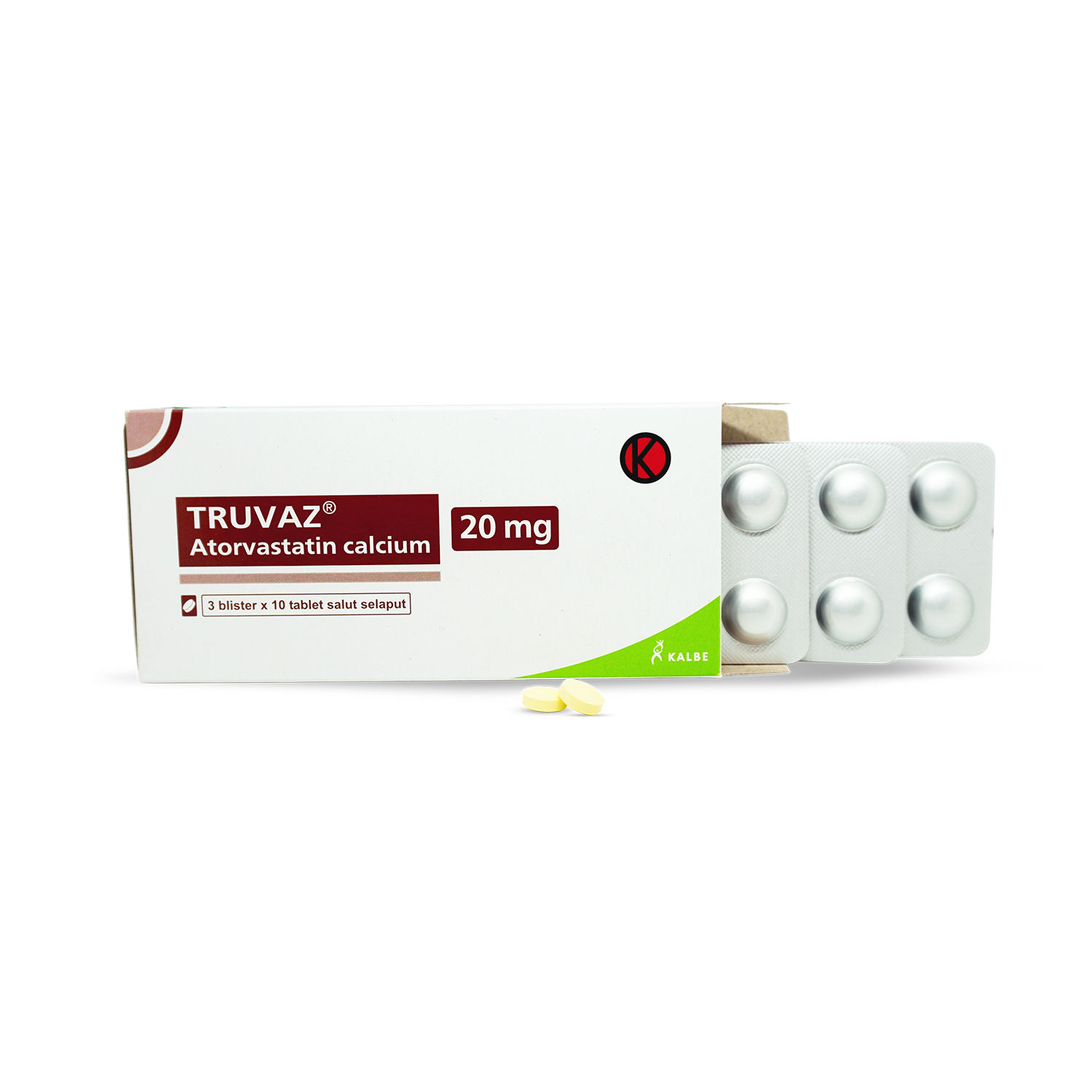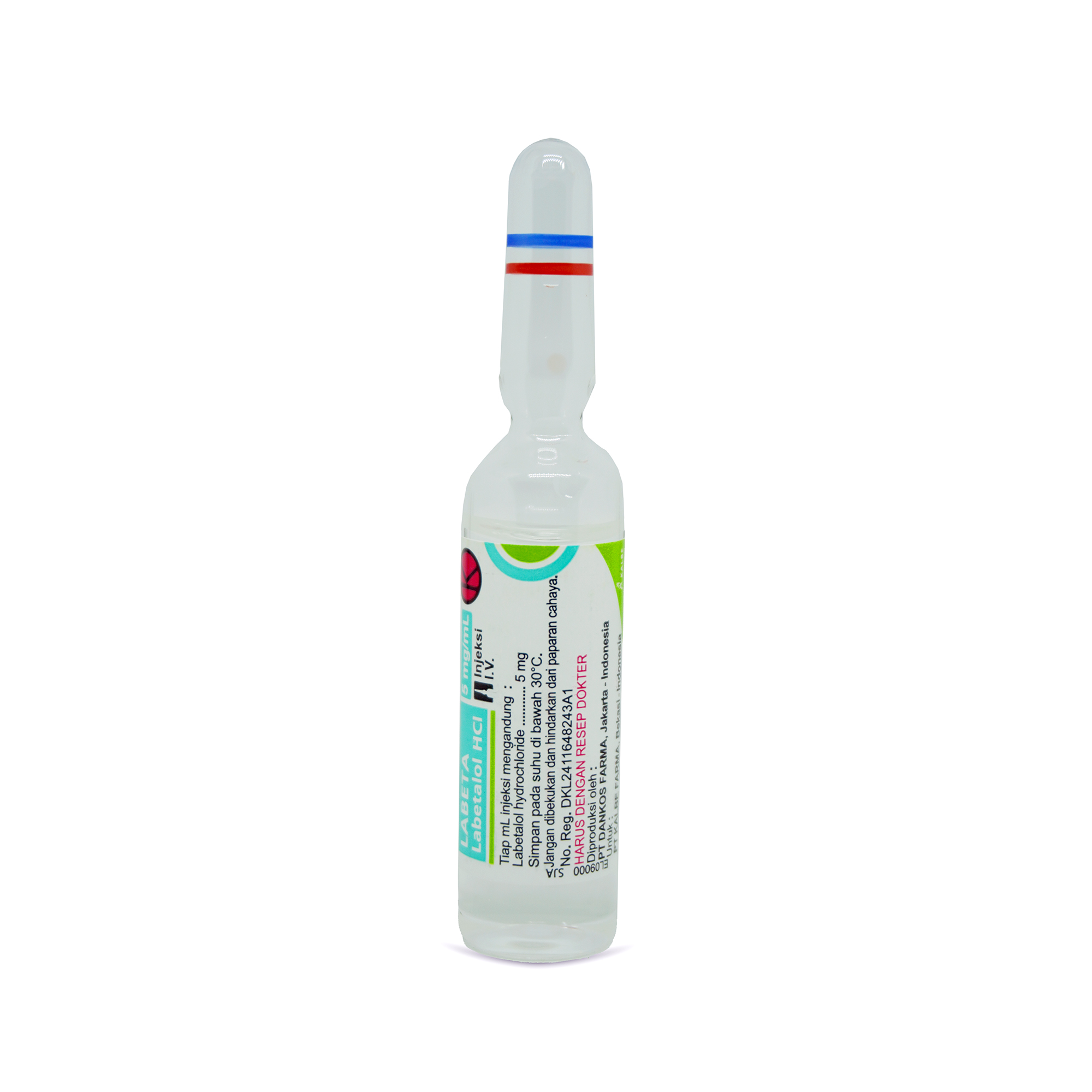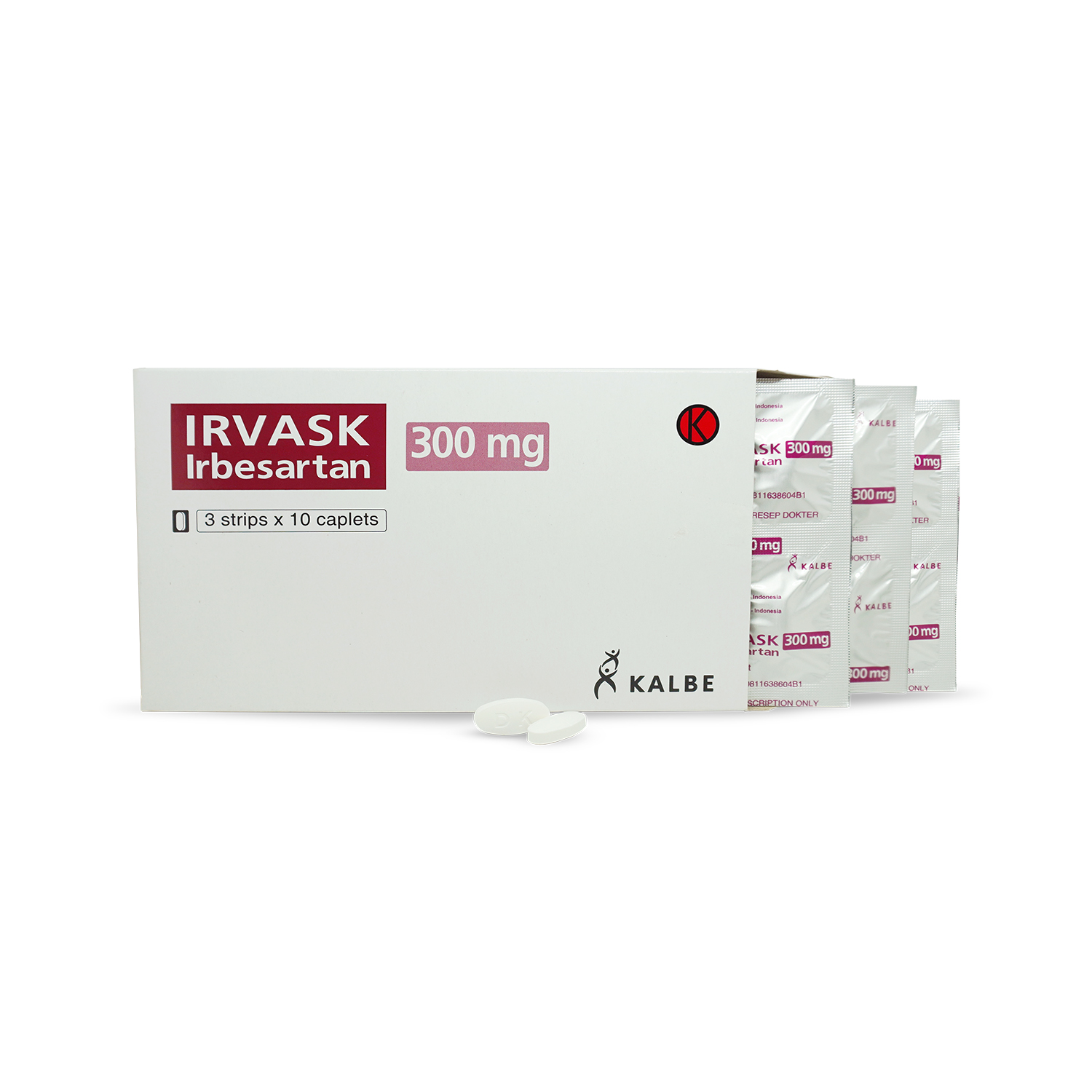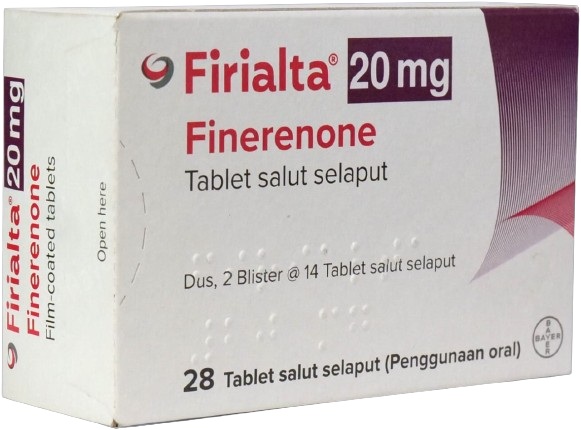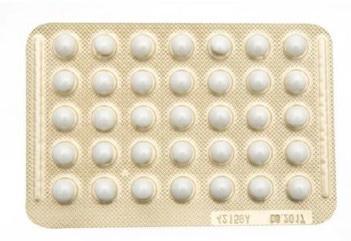
Reseptor agonis glucagon like peptide (GLP-1) merupakan terapi yang efektif bagi pasien diabetes melitus tipe 2. GLP-1 agonis bekerja dengan cara merangsang sekresi insulin pada keadaan hiperglikemia, menekan sekresi glukagon pada keadaan hiperglikemia atau euglikemia, menunda pengosongan lambung, mengurangi nafsu makan, dan menurunkan berat badan.
Tirzepatide merupakan dual-glucose dependent insulinotropik polipeptida dan GLP-1 reseptor agonis. Waktu paruh tirzepatide adalah 5 hari, sehingga memungkinkan pemberian subkutan sekali seminggu. Dalam uji coba fase 2b pada pasien dengan diabetes tipe 2, terlihat bahwa pemberian tirzepatide menghasilkan pengurangan hbA1c dan berat badan selama periode 26 minggu. Sebagai perbandingan, semaglutide, sebuah agonis reseptor GLP-1 selektif yang disetujui untuk pengobatan diabetes tipe 2 dan diberikan sekali seminggu dengan dosis hingga 1 mg, telah menunjukkan efikasi yang signifikan dalam uji coba lain. Pasien yang menerima semaglutide mengalami pengurangan rata-rata tingkat hemoglobin terglikasi hingga 1,8 poin persentase dan pengurangan berat badan hingga 6,5 kg.
Studi ini merupakan studi fase 3 yang berdurasi 40 minggu, label terbuka, parallel-group, acak, dan terkontrol aktif pada 1.879 pasien dengan dengan perbandingan 1:1:1:1, untuk menerima tirzepatide dengan dosis 5 mg, 10 mg, atau 15 mg atau semaglutide dengan dosis 1 mg. Perubahan rata-rata yang diperkirakan dari nilai awal pada nilai HbA1c adalah - 2,01 poin persentase, -2,24 poin persentase, dan -2,30 poin persentase dengan 5 mg, 10 mg, dan 15 mg tirzepatide, berturut-turut, dan -1,86 poin persentase dengan semaglutide; perbedaan antara kelompok tirzepatide 5 mg, 10 mg, dan 15 mg dengan kelompok semaglutide adalah -0,15 poin persentase (confidence interval [CI], -0,28 hingga -0,03; p = 0,02), -0,39 poin persentase (confidence interval, -0,51 hingga -0,26; p <0,001), dan -0,45 poin persentase (confidence interval, -0,57 hingga -0,32; p <0,001), berturut-turut.
Tirzepatide pada semua dosis non-inferior dan superior dibandingkan semaglutide. Penurunan berat badan lebih besar dengan tirzepatide dibandingkan dengan semaglutide (p <0,001 untuk semua perbandingan). Efek samping yang paling umum adalah gastrointestinal dan umumnya ringan hingga sedang pada kelompok tirzepatide dan semaglutide (mual, diare, dan muntah). Dari pasien yang menerima tirzepatide, hipoglikemia (tingkat glukosa darah, <54 mg per desiliter) dilaporkan pada 0,6% (kelompok 5 mg), 0,2% (kelompok 10 mg), dan 1,7% (kelompok 15 mg); hipoglikemia dilaporkan pada 0,4% dari mereka yang menerima semaglutide. Efek samping serius dilaporkan pada 5%-7% pasien yang menerima tirzepatide dan pada 3% dari mereka yang menerima semaglutide.
Kesimpulan:
Tirzepatide merupakan dual-glucose dependent insulinotropik polipeptida dan GLP-1 reseptor agonis yang sedang dikembangkan untuk pengobatan diabetes melitus tipe 2. Hasil studi menunjukan bahwa tirzepatide non-inferior dan superior terhadap semaglutide dalam hal perubahan rata-rata tingkat Hba1c dari baseline hingga 40 minggu. Penurunan berat badan juga lebih besar dengan tirzepatide dibandingkan dengan semaglutide.
Gambar: Ilustrasi (Sumber: pikisuperstar - Freepik)
Referensi:
Frías JP, Davies MJ, Rosenstock J, Pérez Manghi FC, et al. Tirzepatide versus semaglutide once weekly in patients with type 2 diabetes. N Engl J Med. 2021;385:503-15

